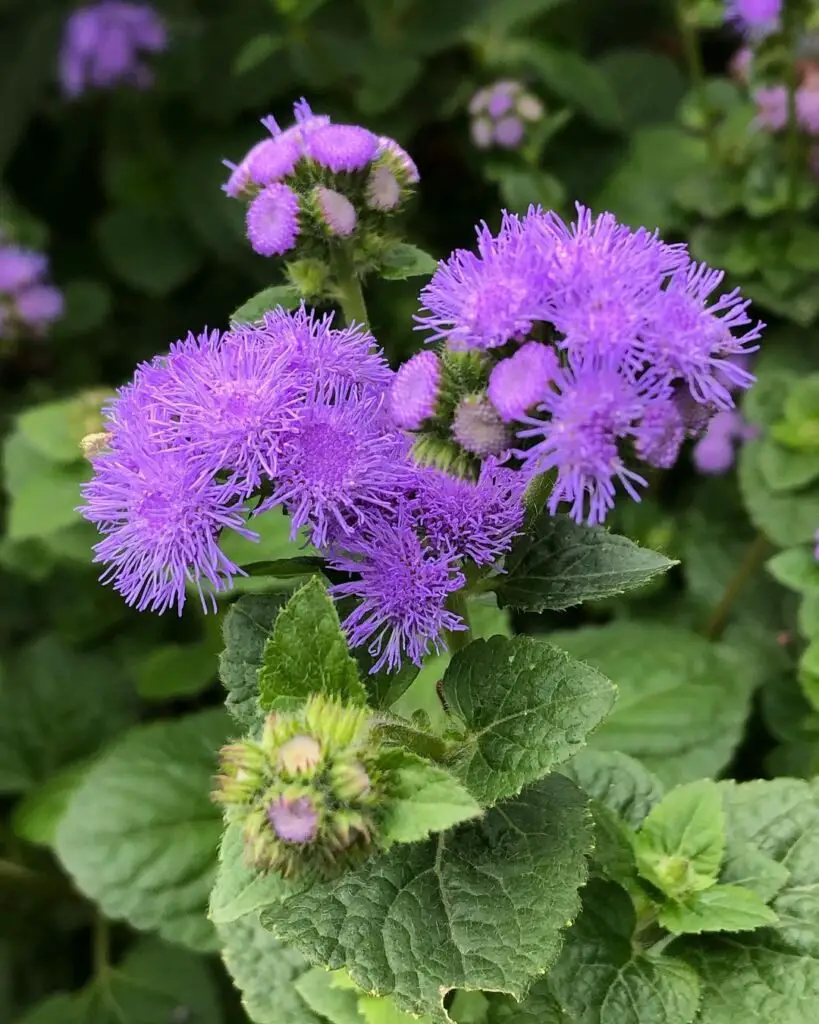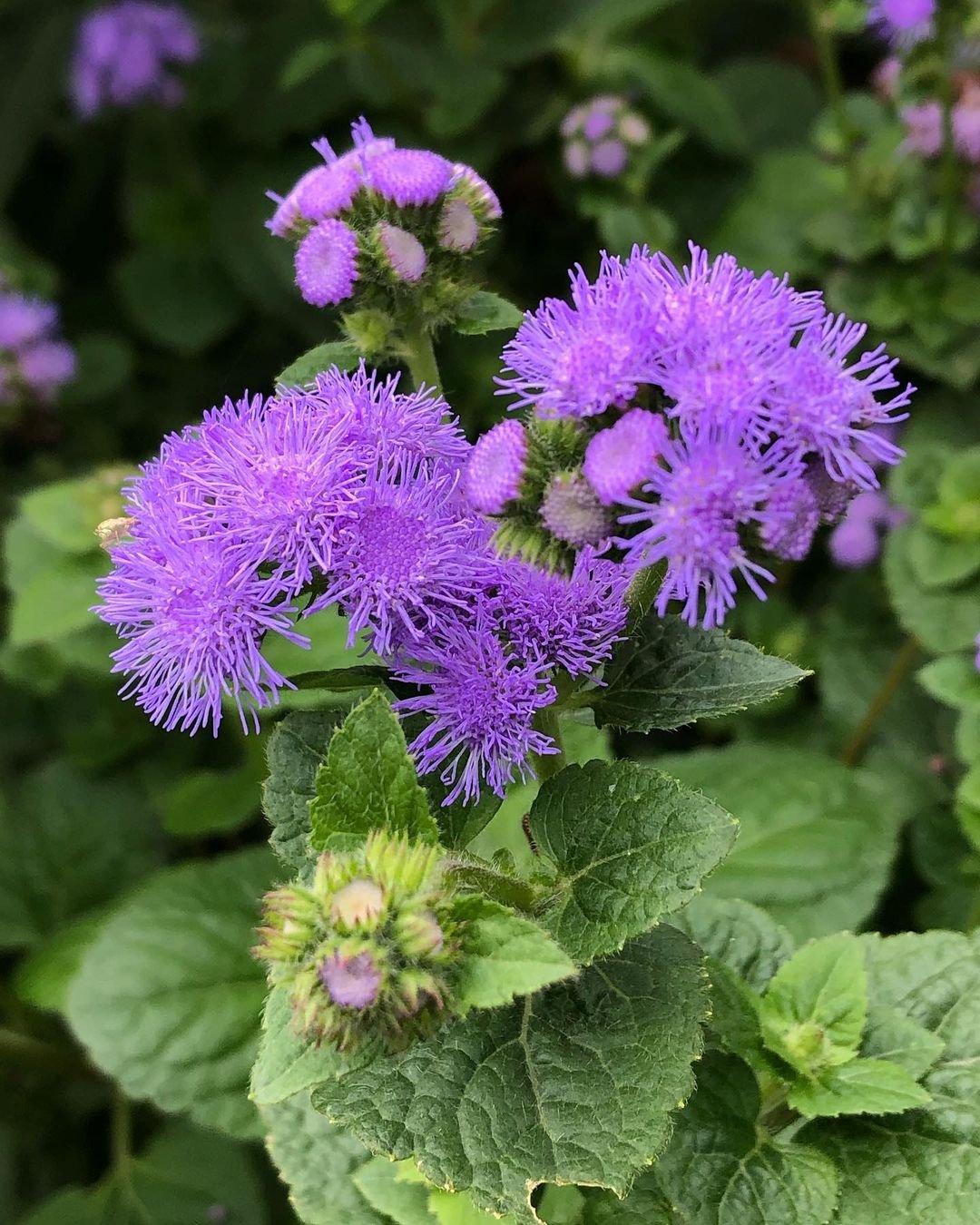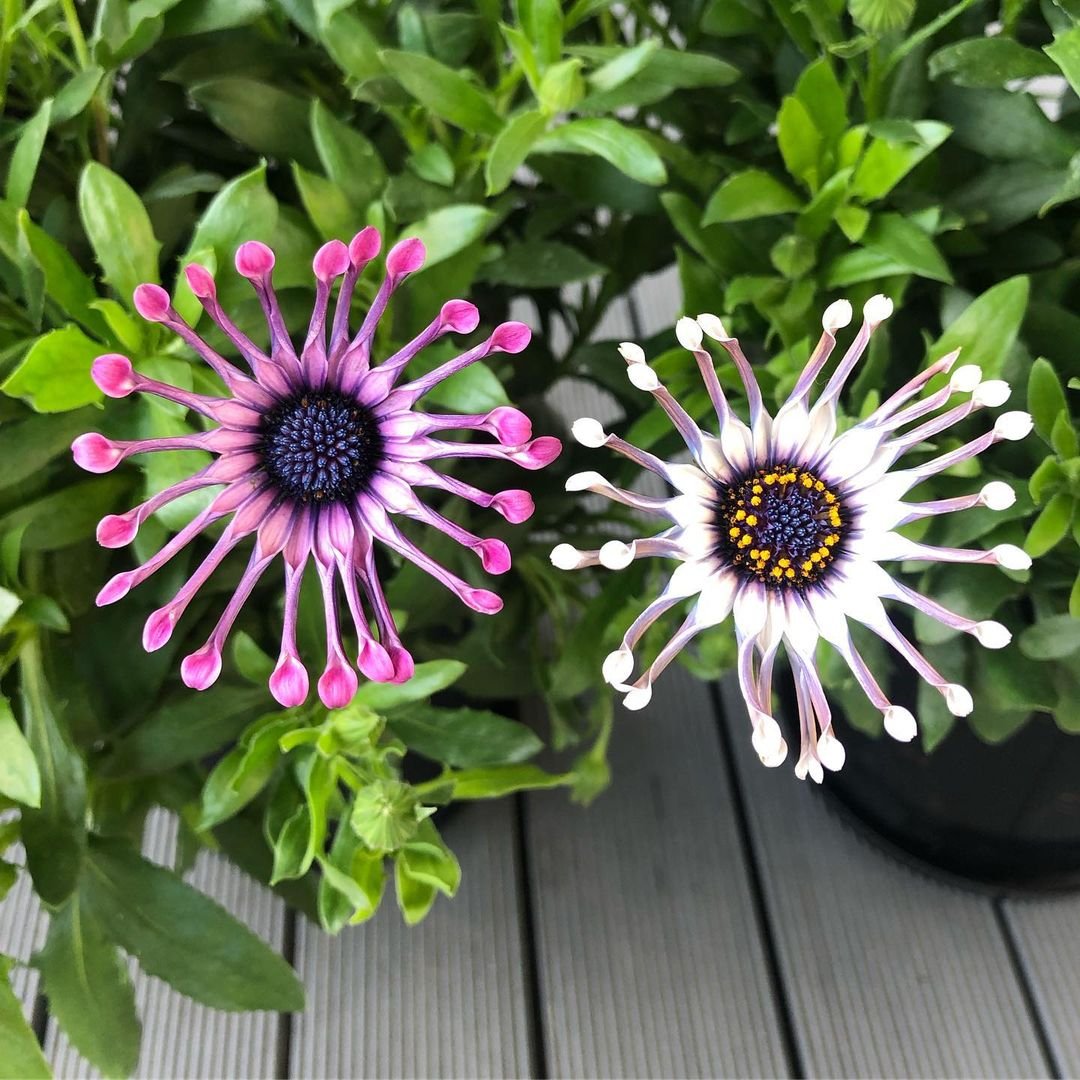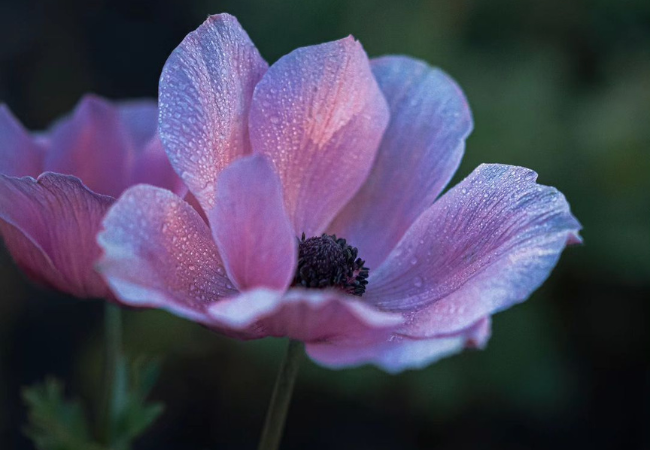Learn all about Ageratum flowers: how to grow them, their uses and why they’re perfect for your garden. Discover this easy-care, colorful plant that brightens any space.
Have you ever seen small, fluffy blue flowers that look like tiny pom-poms? Those might be Ageratum flowers! Let’s talk about these charming plants that can make your garden look amazing without much effort.
Here’s a detailed and verified chart for Ageratum flowers:
| Category | Details |
|---|---|
| Botanical Name | Ageratum houstonianum |
| Common Name | Ageratum, Floss Flower |
| Plant Type | Annual |
| Hardiness Zone | Zones 2-11 (typically grown as an annual) |
| Sun Exposure | Full sun to part shade |
| Soil Type | Well-draining, fertile soil |
| Watering Needs | Moderate; keep soil evenly moist |
| Growth Habit | Upright, bushy |
| Height/Spread | 6-18 inches tall, 6-12 inches wide |
| Special Features | Fluffy clusters of blue, pink or white flowers; attracts butterflies; blooms from late spring to fall |
What Are Ageratum Flowers?

Ageratum, also called floss flower or bluemink, is a group of plants with about 40 different types. The one most people grow in their gardens is called Ageratum houstonianum. These plants are part of the daisy family, but they look quite different from regular daisies.
How Ageratum Looks
- Shape: The flowers are small and round, looking like fluffy little balls.
- Color: They usually come in shades of blue, but you can also find pink, white and purple ones.
- Size: Most Ageratum plants are short, growing about 6 to 12 inches tall.
- Leaves: They have green, heart-shaped leaves that feel soft when you touch them.
Where Ageratum Grows
Ageratum plants originally come from Central America and Mexico. Now people grow them all over the world in gardens. They like warm weather and do well in most parts of the USA during spring and summer.
How to Grow Ageratum
Growing Ageratum is pretty easy, which is why many people like them. Here are some tips:
- Sunlight: They like full sun or a little bit of shade.
- Soil: Use soil that drains well. They don’t like their roots to be too wet.
- Water: Keep the soil a little moist, but don’t overwater.
- Planting: You can plant them outside after the last frost in spring.
- Spacing: Put them about 6 to 8 inches apart so they have room to grow.
Taking Care of Your Ageratum
Once you plant Ageratum, they don’t need much care. Here’s what you should do:
- Water them when the top of the soil feels dry.
- Remove dead flowers to keep the plant looking nice and to encourage more blooms.
- You can add some flower food every few weeks if you want, but it’s not necessary.
Uses for Ageratum
Ageratum flowers are not just pretty to look at. They have several uses:
- Garden decoration: They look great in flower beds or as border plants.
- Container plants: They grow well in pots on patios or balconies.
- Cut flowers: You can use them in small bouquets.
- Butterfly attraction: Butterflies love these flowers!
Fun Facts About Ageratum
- The name “Ageratum” comes from a Greek word meaning “not growing old.” This is because the flowers keep their color for a long time.
- In some places, people use Ageratum in traditional medicine, but be careful – some parts of the plant can be harmful if eaten.
- Ageratum flowers can bloom all summer long if you take good care of them.
Potential Problems
While Ageratum is generally easy to grow, watch out for:
- Too much water: This can cause root rot.
- Pests: Sometimes aphids or whiteflies might bother them.
- Cold weather: They don’t like frost, so bring potted plants inside when it gets cold.
Ageratum flowers are a great choice if you want to add some color to your garden without too much work. Their fluffy blue (or pink or white) blooms can brighten up any space. Whether you’re new to gardening or have been doing it for years, these little flowers are sure to bring a smile to your face. Why not try planting some this spring?
Remember, gardening is all about trying new things and having fun. Don’t be afraid to get your hands dirty and experiment with different plants in your garden. Happy planting!
For more gardening tips and plant care guides, visit usagardenhub.com.






